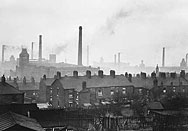Cotton Plant
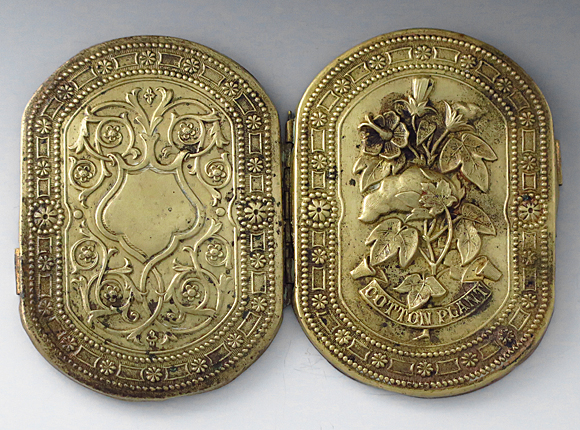
Needle case front and back
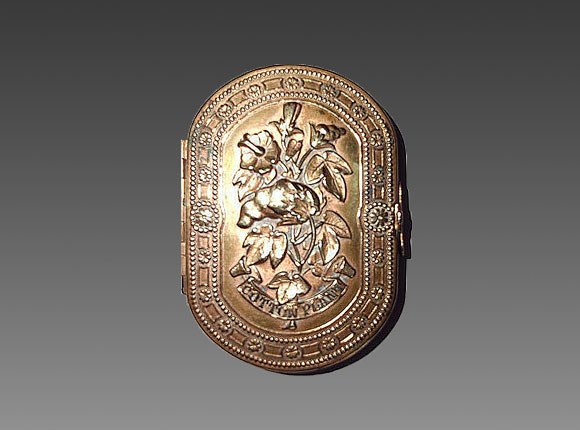
Needle case front (photograph courtesy of David Chatterly)
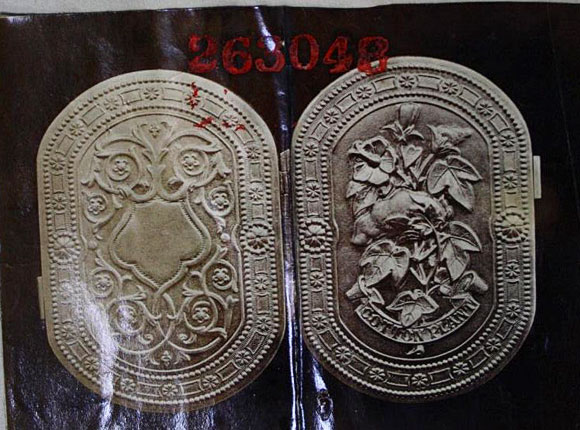
Design Representation
Design Details
Needle Case Type: |
Accordion |
Patent/Registered to: |
James Smith & Son - Astwood Bank |
Patent/Design Representation #: |
Ornamental Class 1: Metal: #263048 |
Patent/Design Registration Date: |
May 31, 1872 |
Location of Patent/Design Registration: |
The National Archives (TNA) - Kew, UK |
Reference #:
|
TNA Representation - BT 43/32/263048
TNA Register - BT 44/2/263048 |
Dimensions: |
5 x 6.8 |
Material: |
Brass |
Name Variations: |
JAs Smith & Son - Astwood Bank |
Other Variations: |
Roses with Buds |
Additional Photographs
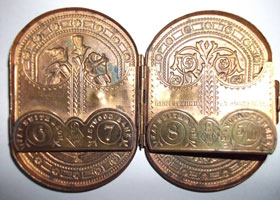
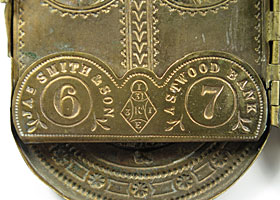
Interior panels (photo courtesy of David Chatterly) and close up of signture detail
Facts
Cotton is a soft, white fibrous substance that grows in the seed pods of tall plants. It is the world’s most important nonfood crop because
its fibers can be spun into long strands that, when woven together, create cloth. 40 percent of the fiber used today comes from cotton which
is grown in 80 countries by roughly 20 million farmers. China, India and the USA are the leading producers of cotton.
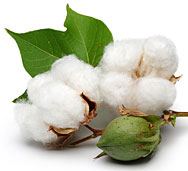
History
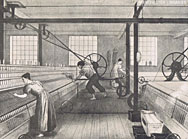
During the 18th and 19th centuries cotton was called “white gold” because developing the machinery to make it into cloth was a driving force
behind the Industrial Revolution. Processing tasks that were earlier done by hand were now accomplished by machines. For example, a
roller spinning machine was invented which allowed cotton fibers to be created with an even thickness and the cotton gin was able to more easily
separate the cotton fiber from the seeds. These machines enabled spinners to produce cloth at a much faster rate and at less expense.
British traders dominated the industry by purchasing raw cotton fibers from colonial plantations, processing it into cloth at British mills, then
exporting it back to colonial markets. Click on the mill scene above or below to see a more detailed view of it.
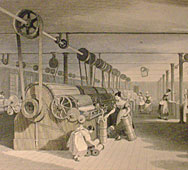
Miscellaneous
Cottonopolis was the nickname given to the city of Manchester, England during the Victorian Period. Cotton arrived from around the world at
the port city of Liverpool and was easily transported by canal to Manchester factories and warehouses. By 1853 there were 108 cotton factories
in the city and by 1871 Manchester and the surrounding area were processing 32% of the world’s cotton. Cotton trading and cotton mills
dominated its economy and landscape as seen in the photograph below. Manchester became the international center for the textile trade during
the 19th century.
